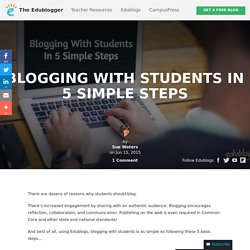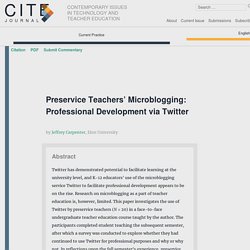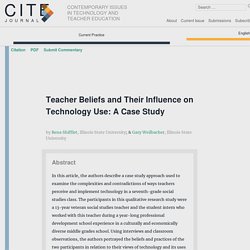

Dana Greenspan: Copyright Resources. Student privacy. Csm privacy report interactive 070215 proof 3. Khanacademy. Teachers, Meet Graphite. What is the SAMR Model? Dealing With Digital Distraction in the Classroom. Blogging With Students In 5 Simple Steps. There are dozens of reasons why students should blog.

There’s increased engagement by sharing with an authentic audience. Blogging encourages reflection, collaboration, and communication. Publishing on the web is even required in Common Core and other state and national standards! And best of all, using Edublogs, blogging with students is as simple as following these 5 basic steps… Step 1: Create A Class Blog Every teacher should have a class website to keep students and parents up-to-date. The class blog is the hub that connects the student blogs, helps you manage all your student blogs and enables your students easily interact the other students’ blogs. You’ll find step by step instructions on how to set up your class blog here! Step 2: Set Up My Class My Class is the ultimate tool for class and student blogging.
Here’s how to set up My Class: 1. 2. 3. Step 3: Create Student Blogs. ePortfolios - Overview - ePortfolios with GoogleApps. What is an ePortfolio?

An ePortfolio (electronic portfolio) is an electronic collection of evidence that shows your learning journey over time. Portfolios can relate to specific academic fields or your lifelong learning. Evidence may include writing samples, photos, videos, research projects, observations by mentors and peers, and/or reflective thinking. The key aspect of an eportfolio is your reflection on the evidence, such as why it was chosen and what you learned from the process of developing your eportfolio. (Adapted from Philippa Butler’s “Review of the Literature on Portfolios and Eportfolios” (2006), page 2.)
An ePortfolio is not a specific software package, but more a combination of process (a series of activities) and product (the end result of the ePortfolio process). Blog Comments. The Rationale: Feedback on your writing and ideas is one of the best ways to improve your communication skills.

Authentic feedback from a real audience is one of the major benefits of moving your writing online. Public vs. Private – Should Student Work Be Public On the Web? 10+ years ago, filters and blocking tools were banning access to most blogs and web publishing services in schools around the world.

In fact, this is exactly why The Edublog Awards were started – to showcase the excellent work being done with blogging in schools – hoping it would begin to break down these barriers and change the minds of nervous administrators and teachers. Perhaps it worked! We’ve made significant progress since, as services like Edublogs are hardly ever blocked in schools now.
And the use of blogs in education for many is integral to lessons and student learning. So today, I propose starting a new important fight, through debate and discussion, that could significantly change the way most are currently blogging in schools… Blogging Is The Law. National Education Technology Plan - Office of Educational Technology. The National Education Technology Plan is the flagship educational technology policy document for the United States. The Plan articulates a vision of equity, active use, and collaborative leadership to make everywhere, all-the-time learning possible. While acknowledging the continuing need to provide greater equity of access to technology itself, the plan goes further to call upon all involved in American education to ensure equity of access to transformational learning experiences enabled by technology.
The principles and examples provided in this document align to the Activities to Support the Effective Use of Technology (Title IV A) of Every Student Succeeds Act as authorized by Congress in December 2015. In order to keep pace with the changes we are seeing in schools, districts, and states on an almost daily basis, we are updating the NETP more often. Feedback from our stakeholders indicates that the previous five year update cycle was not frequent enough. Preservice Teachers’ Microblogging: Professional Development via Twitter – CITE Journal. The microblogging service Twitter allows users to share 140-character messages—what Twitter, Inc., calls “small bursts of information” (Twitter, Inc., n.d.).

Teacher Beliefs and Their Influence on Technology Use: A Case Study – CITE Journal. Teacher Beliefs As beliefs help guide individuals’ interactions and interpretations of the world, the same can be said about the beliefs a teacher might have regarding teaching and learning and the instructional decisions that might result (Kagan, 1992; Pajares, 1992).

Thornton (1989) contended that teachers act as gatekeepers controlling both the content and the instructional strategies that are utilized. He suggested that these curricular-instructional decisions are “ecological in character…part of an interactive system of beliefs and contextual factors” (p. 9), making it important to acknowledge this relationship, as such decisions may be executed subconsciously without regard to unchecked assumptions. Findings that associate teacher beliefs with teacher actions (Chan & Elliott, 2004) have suggested a similar relationship between beliefs and technology integration (Kim, Kim, Lee, Spector, & DeMeester, 2103; Ottenbreit-Leftwich, Glazewski, Newby, & Ertmer, 2010).
Purpose Method Results. How to Insert a Link to a Tweet. Chat Calendar PST - Education Chats.